Advice Articles
- Home
- Advice Articles
- Baby Skincare
- Is My Baby Getting Enough Milk?
Is My Baby Getting Enough Milk?

Don’t worry, there are lots of signs you can look out for to allay your fears.
Your first milk, colostrum, comes in very small quantities (an average of 37ml over the first 24 hours, gradually increasing daily as the baby suckles more). As new-born babies have tummies the size of a marble, an average feed is only 7-14ml (a teaspoon is 5ml). When your full term milk comes in his tummy grows to accommodate the greater amounts (about 500ml every 24 hours, rising to about 750mls every 24 hours by 3 months).
As you develop a bond with your baby, you will begin to identify and understand the different sounds and gestures he makes. When your baby is hungry, he may indicate this by putting his hands to his mouth, making sucking sounds, putting his tongue out and licking, moving his head around in search of the breast (also known as rooting), and fussiness. Crying is a late stage sign of hunger.
While it is hard to quantify just how much milk a baby is getting from the breast, continuous weight gain (after the first couple of weeks) and alertness is an indication that he is getting enough. Nappies are another good way of telling that your baby is being adequately nourished. Wet nappies indicate good hydration, while poo nappies indicate enough calories. By about day four, mums and dads may change at least three small poo nappies (the size of a 2p coin) and about six wet nappies each day. Your baby’s poo nappies will change during the first few days from black and tarry to greenish, then to yellow. This mustard yellow stool is typically loose and unformed, like pea soup. If you have any questions or concerns, contact a health professional.
Signs that your baby is feeding well:
- his chin is touching your breast, and he has a large mouthful of breast
- It is not hurting you (beyond a tenderness during the initial sucks).
- If the areola is visible, you can see more of it above your baby’s top lip than below his bottom lip.
- His cheeks stay round while sucking.
- He comes off the breast on his own when he is finished.
Related Categories
Related Articles
-
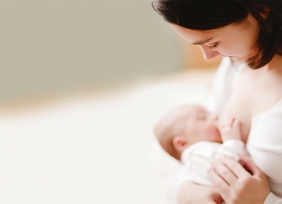
Baby’s First Feed
Baby's First Feed Read breastfeeding advice and what to expect in the first few days...
Read More -
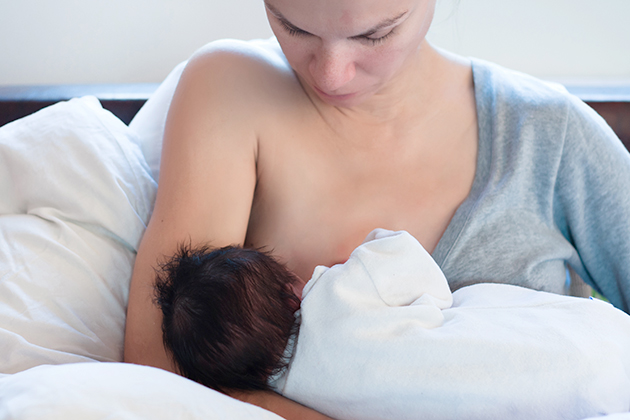
Breastfeeding – The Early Days
Just keep persevering and trust that you are giving your baby the best possible...
Read More -
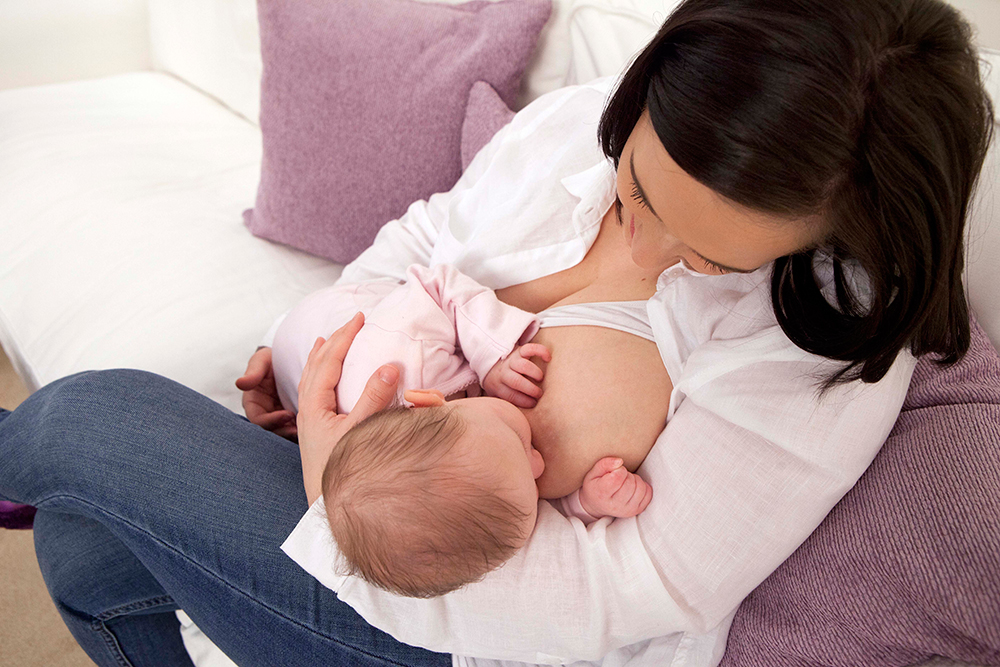
Breastfeeding Diet
Eating well does not necessarily mean spending lots of time in the kitchen: many...
Read More -
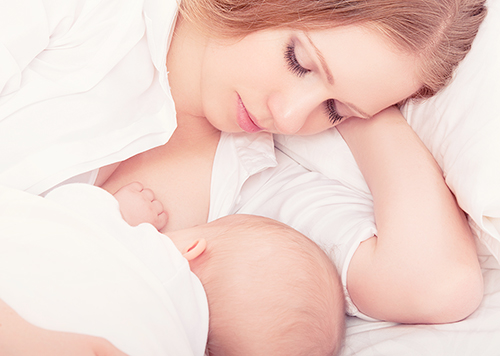
Breastfeeding Positions
Across Lap - Cradle Hold With the across lap - cradle hold breastfeeding position, the baby’s...
Read More
Related Products
-
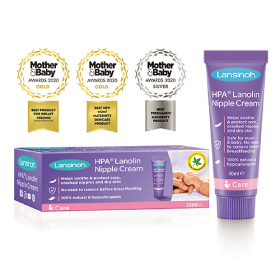
HPA® Lanolin Nipple Cream for Sore & Cracked Nipples
Sore nipples are very common during breastfeeding and can often be a result of the uncomfortable positioning... View
